Acropolis in Athens - Everything You Need to Know Before Your Visit
The Acropolis in Athens is one of the most important historical and cultural places in the world, which testifies to the greatness of ancient Greece, the cradle of Western civilization. In this guide you will find out everything you need to know about its sights, history and practical tips for getting around. The Acropolis in Athens is not only a monumental building, but also a symbol of ancient Greek culture, democracy, art and philosophy, providing visitors with an insight into the emergence of civilizational values that shaped the modern world. Prepare for an unforgettable experience with details that will help you better understand the significance of this historical treasure.
Located on a hill above Athens, it has been a symbol of Greek art, culture and society for centuries. Built during the Golden Age of Athens, in the 5th century BC, it includes the most important monuments of the ancient world, such as the Parthenon, the Erechtheion, the Propylae and the Temple of Athena Nike. These monuments not only take your breath away with their beauty, but also tell the story of the emergence of democratic values and philosophies that have shaped the modern world.
Regardless of whether you speak foreign languages poorly, this guide will provide you with all the necessary information to visit the Acropolis fully prepared. With a detailed description of the sights you will see and those that may not be immediately noticeable, you will get a full insight into the historical significance of the Acropolis.
With proper preparation, you will not only understand the history and symbolism of this place, but you will enjoy every moment of your tour, with a complete understanding of everything that surrounds you.
The Acropolis is located in the very center of Athens, on a high hill that dominates the panorama of the city. You can reach the Acropolis on foot, by public transportation or by car, and all the details about getting to the Acropolis and tickets and discounts can be found in our text here:
Acropolis in Athens - everything about tickets, traffic, discounts and how to get there.
Acropolis - birth of European civilization
Acropolis (from ancient Greek: Ἀκρόπολις; from ἄκρος - “top” and πόλις - “city”, which literally means “city on a hill”) is a rocky hill that rises 157 meters above sea level and about 70 meters above the level of the city of Athens . The top of the Acropolis has a trapezoidal shape, 300 meters long and 150 meters wide. This natural fortified area was inaccessible from all sides, except from the western side, where there is an imposing entrance, known for the glittering Propylaea, which are still one of the most beautiful examples of ancient architecture.
Archaeological research confirms that the Acropolis was inhabited since the Neolithic period.
Because of its strategic position, the hill was a natural fortification, and the only approach was from the western side. The upper surface of the hill was spacious enough to support a settlement, and the slopes were rich in water sources, which was essential for life in this place.
Development of the sanctuary on the Acropolis - 6th century BC
From the 6th century BC. n. e. Athenian sanctuaries began to be built on the Acropolis, such as Hekatombed, which was destroyed during the Persian wars. This temple probably stood where the Parthenon was later built and was probably in the Doric style. It seems that the preserved large frieze with lions devouring a bull belonged to him, surrounded by two representations: with Hercules facing the sea demon Triton and with the so-called three-bodied demon, holding the symbols of the three elements of nature, i.e. water, fire and air.
Inscriptions and fragments of sculptures were found that show that in the archaic period there were smaller buildings, “houses”, in which money and valuable objects were kept on the Acropolis. Archeological research has established the existence of five such buildings.
The Golden Age of Athens
The restoration of the walls and the sanctuary began immediately after the defeat of the Persians in 465 BC. n. e. It is the so-called “Golden Age” - the period of the greatest rise of the political supremacy of Athens and the spread of culture, and we can meet masterpieces of classical Greek architecture, built mainly in the 5th century BC. n. well, in the time of Pericles. Under the supervision of Phidias and the architects Mnesikles, Callicrates and Callimachus, the Parthenon, Erechtheion, Propylaea and Temple of Athena Nike were built and decorated.
You can visit exactly these buildings, which have survived to this day, and we will describe each of them in the text below.
Later history and the demolition of the Acropolis
Several smaller buildings of lesser importance were added during the Roman period. During the Byzantine era, the Parthenon was converted into a Christian church. It was dedicated to Maria Parthenon (Virgin Mary), to later change its name to Panagia Atiniotis (Virgin of Athena). During the Frankish rule, it became a Catholic church, while during the Turkish rule, it became a mosque.
During the Turkish rule, the Acropolis suffered the most damage. Propylaea became the headquarters of the commanders of the Turkish military troops. In 1645, lightning that struck the warehouse blew up the Propylaea. The Venetians, under Morocini, besieged the Acropolis in 1687, and on September 26 they bombarded and destroyed the Parthenon, which then served as an ammunition depot for the Ottoman army.
And Lord Elgin caused very serious damage in the period between 1801 and 1802, removing the complete sculptural decoration of the Parthenon, the temples of Athena Nike and the Erechtheion, which he later sold to the British Museum in London.
The Acropolis was finally recovered by the Greeks in 1833, during the Greek War of Independence, and the Acropolis is the place where Odysseus Androutsos was promoted to the first general of the new Greek army.
After the liberation of Greece from the Turks, the Acropolis monuments are under the protection of the newly founded Greek state. Random archaeological researches were carried out in the period from 1835 to 1837, while in the period from 1885 to 1890, systematic excavations were conducted on the Acropolis, headed by the Greek archaeologist Panagiotis Kavadia.
Research continues and Greece has restored the splendor of the remains of this ancient cultural monument. The Greek state is still searching for the artifacts that were taken and are in the British Museum and museums around the world.
What awaits you at the Acropolis?
On the Acropolis there are a number of monuments that represent the pinnacle of Greek architecture and art. Among them is the Parthenon, a grandiose temple dedicated to the goddess Athena, a symbol of strength and beauty. There is also the Erechtheion, a holy place famous for its caryatids, columns in the shape of women, as well as the Temple of Athena Nike, a small but significant temple dedicated to the goddess of victory. The Propylaea, the monumental entrance to the Acropolis, welcomes visitors with its grandeur. All these monuments together make the Acropolis a unique place that exudes the spirit of ancient Greece.
In the rest of the text, read about each of these temples so that your visit and experience will be complete.
Parthenon: temple of the goddess Athena
The largest and most solemn building of the Acropolis, which has been admired by the whole world for centuries.
Work on the construction of this marble temple, dedicated to the goddess Athena, began in 447 BC. under the direction of the architects Iktinos and Callikrates. Phidias the Sculptor supervised the construction and designed the complete sculptural decoration of the Parthenon, as well as the monumental gilded sculpture of Athena. The construction was completed in 438 BC. n. e. Work on the exterior decoration and reliefs on the frieze continued until 432 BC. n. e.
Inside the temple was a gigantic gold and ivory statue of Athena, the work of Phidias, which was a real masterpiece and one of the most expensive projects of antiquity.
Although the temple has been damaged over the centuries, the Parthenon still fascinates with its proportions and architectural style - it is Doric, but Ionic elements are also used, which creates visual harmony and monumentality. The Parthenon is a place where history, art and religion mix, but also a place that reminds of the political power of Athens at the time of Pericles.
For centuries, Greek architects never stopped working on building a temple - from a simple functional building, to an aesthetic creation. The Parthenon is located at the top of all ancient buildings for this very reason. All the subtleties that are not immediately visible to the eye, tried to provide the building with its own life, but also a hidden harmony.
The Parthenon today represents a work of complex calculations, which proves how advanced mathematical science was, but also how high the demands of the public at that time were.
Erechtheion and the Caryatids - ancient mythology and art of Athens
Unlike the Parthenon, the Erechtheion was a specific place of worship, dedicated to both Athena and Poseidon, symbolizing the duality and complexity of Athenian religious life.
According to mythology, Athena and Poseidon fought for supremacy over the city at the place where the Erechtheion was built.
God of the sea, Poseidon struck the rock with his trident and sea water gushed out. In return, Athena struck with her spear and an olive tree grew. The gods who were the judges gave the victory to Athens. The Athenians, however, wanting to reconcile the two opposing gods, dedicated a temple to them under the same roof.
This is how the most unusual building of the Acropolis in the architectural sense was built.
In that place, according to mythology, King Erechtheus, who was later identified with Poseidon, had his residence. This is why the temple was named after the mythological king of Athens.
The temple was built between 425 and 406 BC. according to the plans of the architect Mnisiklos and is one of the masterpieces of the Ionic style.
Inside, the temple was divided into two parts. The eastern part towards the facade belonged to Athena, the other to Poseidon. In the sanctuary of Athena was her xoano - her statue made of olive wood, which was believed to have fallen from the sky.
In Poseidon’s sanctuary, which is descended by twelve steps, the roof that collapsed in one place and three holes in the floor were caused by the impact of his trident, as the ancient Athenians believed.
But the most famous and impressive part of the Erechtheion are the famous caryatids. The Caryatids were the beautiful daughters (Kores) of the Lakonian Caria.
It is a covered balcony, the roof of which is not supported by columns, but by six female statues, of exceptional artistic value.
These statues are the work of master sculptors of that era, whose graceful stance exudes elegance and strength.
The caryatids from the Erechtheion belong to the masterpieces of classical Greek art and are an example of the supreme aesthetics of the Ionic style. Each Caryatid is crafted with carefully sculpted details, and their positions and drapery in the sculpture show a difference in expression and dynamics, which contributes to a sense of liveliness and movement.
The artistic value of the Caryatids is reflected in their natural, “living” appearance and the elegance they achieve within a strictly symmetrical architectural framework. They are an example of classical Greek sculpture that balances between strictness of form and tenderness of expression. Their harmonious folds of dress, reminiscent of undulations, reflect advances in sculpting technique and a remarkable understanding of proportion and weight.
After being removed to protect it from further damage, the original Caryatids are today kept in the Acropolis Museum in Athens, while the replicas still adorn the Erechtheion, testifying to the importance of these sculptures in the history of art and as one of the most beautiful examples of the Ionic style.
One Caryatid is still in the British Museum (taken from the Acropolis by Lord Elgin and sold to the museum) and Greece is trying to get it back.
Caryatids are recognized and valued as an invaluable artistic heritage, an example of classical perfection and skill of Greek masters, and are considered one of the most beautiful depictions of the female figure in the history of art.
Propylaea - entrance to the sanctuary
Propylaea - the monumental gate of the Acropolis, is not only architecturally magnificent but also symbolically significant. This monumental entrance to the Acropolis was built on the western side of the hill, where the gate of the Mycenaean fortress used to be, thus connecting the older Mycenaean past of Athens with its classical age.
The first propylaea or gate were constructed in the time of Pisistratus, in the middle of the 6th century BC, a little later than the Acropolis became a sanctuary dedicated to Athena. The newer Propylaea were built between 510 and 480 BC, but were destroyed by the Persians during their invasion in 480 BC. Restoration began after the Greco-Persian wars, in the era of fortification of the walls of the Acropolis under Themistocles and Cimon.
The construction of the monumental Propylaea is part of a large construction project in the era of Pericles, in the period between 437 and 432 BC, according to the design of the architect Mnesikles, after the completion of the work on the Parthenon. This gate was the only official entrance to the Acropolis, through which both ordinary people and priests passed, following the solemn processions during the Panatheneum, a festival in honor of Athena.
The Propylaea, with its Doric columns in the exterior and finer Ionic details in the interior, represent a harmonious blend of styles and have immeasurable artistic value. They were part of a complex that was supposed to give visitors the feeling of crossing into the holy ground of the Acropolis.
This combination of Doric and Ionic style not only symbolizes Athens as a city of innovation and artistic diversity, but also reflects the Greek ideal of harmony and beauty. On the exterior, massive Doric columns give a sense of strength and solidity, while interior Ionic elements add a touch of elegance and detail, giving visitors the feeling of stepping into the sacred ground of the Acropolis.
Through the monumental entrance, visitors symbolically left the everyday world behind, entering a space dedicated to the gods and sublime values.
The Propylaea, with its massive columns and symmetrical layout, is a marvel of engineering knowledge of the age. Unfortunately, due to the war with Sparta and financial problems, they were not completely finished, but what remains still takes visitors’ breath away.
Temple of Athena Nike - symbol of victory
The Temple of Athena Nike, one of the most beautiful and smallest temples on the Acropolis, is dedicated to the goddess Nike, symbol of victory and strength.
Although small, the temple had a big impact.
Built between 427 and 424 BC. according to the plans of the architect Kallikrats, this temple is an example of superior Greek architecture.
Located on the southwest corner of the Acropolis, the Temple of Athena Nike is a four-columned amphiprostyle temple of the Ionic style, built on a platform with four steps.
Its simple but elegant marble construction emphasizes the nobility and sophistication of Athenian art.
The temple was also a symbol of hope and protection during the Peloponnesian War, when the Athenians believed that the goddess Nike would protect their city in their military efforts.
Inside the temple, once stood a statue of Nike, depicted with a helmet in his left hand and a pomegranate in his right, (the pomegranate symbolized the gods of the underworld). Although the statue is gone today, its significance remains.
Frieze - a relief in marble, on the upper side of the temple shows images of heroism and struggle, with large depictions of the battle that changed the course of history - the victory of Athens over the Persians at Plataea (479 BC). In addition, the view from the temple provides a special experience of power, as visitors could see the wider context of the Acropolis, which was a symbol of civic glory and divine protection.
In addition, the view from the temple provides a special experience of power, as visitors could see the wider context of the Acropolis, which was a symbol of civic glory and divine protection.
The design of the temple was no accident; it was built in the age of Pericles, as part of a large construction project that included the important projects on the Acropolis described above.
During this period, Athens was a center of cultural, political, and military power, and the Temple of Athena Nike fit that idea perfectly—simple but powerful, with an emphasis on victory and protection.
Ionic style and symbolism
Like many other Greek temples, the Temple of Athena Nike was built in the Ionic style, known for its elegance and detail. The four Ionic columns surrounding the temple give it a sophisticated look, while its size and proportions provide the perfect balance between style and functionality. The temple acted as a bridge between everyday life and divine protection – a beautiful manifestation of the Athenian spirit.
Significance in a mythological context
Nika, the goddess of victory, was a central figure in Greek mythology, often depicted as the bearer of news of victory. In Greek mythology, she personified all forms of triumph—from military conquests to athletic victories. The ideal of the struggle for excellence in all aspects of life. Through the symbolism of Nike, the temple became a reflection of the Athenian identity, not only in the military, but also in a wider cultural and political context, emphasizing the values of struggle and triumph.
Given its mythological and historical importance, the Temple of Athena Nike becomes much more than an architectural piece – it is a living manifestation of the values of ancient Athens and its people.
Theater of Dionysus – the cradle of ancient drama
The Theater of Dionysus is considered the oldest theater in the world. Although dance, poetry and music were also performed in other civilizations, none of them had a structure - a space intended for dramatic performances and they did not have a developed drama as a form of expression in the form as in Greece.
It is located on the southern slope of the Athenian Acropolis, directly above the sanctuary dedicated to the god Dionysus. Built in the 6th century BC, during the Pisistratus dynasty, this monumental building was considered a true technical marvel of its time. Its final version could accommodate as many as 16,000 spectators, making it a central gathering place for Athenians for religious and cultural events.
The theater was the heart of the celebrations dedicated to Dionysus, where the three basic forms of ancient drama were perfected – tragedy, satire and comedy. On its boards, the works of the greatest ancient poets, such as Aeschylus, Sophocles, Euripides and Aristophanes, were performed for the first time. which makes it not only an architectural, but also a cultural pearl of the ancient world.
Architecture and technical characteristics
The theater of Dionysus, built on a natural slope, had the shape of a semicircular amphitheater with incredible acoustics, thanks to which the voices of the performers reached the last row. The distance from the first row to the last is estimated at about 80 meters, while from the stage to the auditorium is about 12 meters. The highest row of seats rose as much as 35 meters above the lowest part of the space, offering an imposing view of the Acropolis and its surroundings.
Today, only 13 rows of central seats have been preserved, but historical sources indicate that the theater was renovated and expanded over the centuries, especially during the Roman Empire, when stage elements were additionally decorated.
Dionysus and the symbolism of the theater
For the Athenians, the Theater of Dionysus was not only a place of art, but also a place of religious significance. The central seat in the first row was reserved for the cult statue of the god Dionysus, who symbolically “watched” everything that happened - from the performance of plays to the offering of sacrifices in his honor. This statue reminded visitors of the theater’s deeper connection with the divine and the importance of the Dionysius festival, which celebrated wine, fertility and creativity.
Cultural significance through the centuries
The Theater of Dionysus left an indelible mark on the development of world art. As the cradle of ancient drama, it shaped the foundations of modern theater and literature.
Its structure and function inspired later theaters throughout the ancient world, while the works performed on its boards remained an eternal inspiration for artists of all eras.
The Theater of Dionysus is not only an archaeological site, but also a symbol of the spiritual and cultural wealth of ancient Athens. Although it suffered damage over the centuries, its essence – a fusion of art, religion and community – still inspires visitors from all over the world. If you visit the Acropolis, don’t miss the opportunity to step into the past and feel the energy of the place where the most famous works of the ancient world were created.
Acropolis through the ages - destruction and reconstruction
During the Turkish rule, the Acropolis suffered serious damage. Propylaea became the seat of Turkish commanders, and in 1645 lightning destroyed part of that imposing building complex.
During the siege of Venice in 1687, under the command of Morocini, the Acropolis was bombarded, and the Parthenon, which was then used as an ammunition warehouse for the Ottoman army, suffered the worst consequences. During the attack, the building was completely destroyed.
However, the most tragic damage to the Acropolis was caused by the British diplomat Lord Elgin between 1801 and 1802. He tore off significant sculptural decoration from the Parthenon, as well as from the temples of Athena Nike and Erechtheion, and sold these sculptures to the British Museum in London, thereby permanently damaging cultural heritage.
The Acropolis was finally returned to Greece in 1833, when a period of restoration began. During the Greek War of Independence, Odysseus Androutsos was promoted to the first general of the new Greek army on the Acropolis.
After liberation, the newly founded Greek state placed the monuments under protection, and archaeological research began as early as 1835. In the period from 1885 to 1890, under the leadership of the Greek archaeologist Panajotis Kavadi, systematic excavations were carried out on the Acropolis, which were crucial for the preservation and reconstruction of this cultural treasure.
Invisible knowledge of the Acropolis - history that cannot be seen with the naked eye
The Acropolis was much more than a religious and artistic center – it was the cradle of philosophical and political ideas that shaped Western thought. Some of the greatest philosophers of the ancient world, including Plato and Aristotle, created and taught in Athens. Plato, the founder of the Academy, and Aristotle, the founder of the Lyceum, developed their ideas in Athens, laying the foundations for areas such as metaphysics, ethics, politics and logic. These schools, founded near the Acropolis, were places of profound debate that had a lasting impact on education and intellectual culture.
The Athenian Senate was also located on the Acropolis itself, the body in which the practice of democracy flourished.
During the 5th century BC, under the leadership of Pericles, the Athenians established a revolutionary system in which free citizens participated in making political decisions, and it was in the Senate that key issues for the community were discussed.
This short-lived but significant era of democracy left an indelible mark on the world, because the right of citizens to equality before the law and freedom of speech was practiced for the first time on the Acropolis, values that later became the foundations of modern political systems.
Today, the Acropolis is undergoing extensive restoration projects aimed at preserving this world heritage. The renovation is carried out according to modern principles of conservation, using marble from the same quarry from which the building material was obtained in ancient times, and experts work to preserve the authenticity of every detail.
Symbolism and heritage
The Acropolis of Athens is not only a tourist attraction, but a symbol of the spirit of freedom and culture. Today, the Acropolis serves as an inspiration for artists, thinkers and everyone who strives for the ideals of freedom, beauty and wisdom. Due to its universal value, the Acropolis is included in the UNESCO World Heritage List and represents the foundation of Western civilization.
For everyone who visits the Acropolis of Athens, this complex offers a unique experience of meeting the past and understanding how one people created a culture that still shapes the world today. Whether you view it as an architectural masterpiece, a place of religious reverence, or a symbol of human achievement, the Acropolis remains a living monument to the finest ideals of ancient Greece.
If you have visited the Acropolis, share your experiences, knowledge and photos with us on social networks, we are waiting for them.
We are always here to help you explore Greece! Follow us for the latest information, useful tips and authentic experiences to spend an unforgettable vacation in Greece!
We offer over 3,000 accommodations. Choose the right one for you and your family HERE.
Follow us on social networks where we regularly share exclusive offers, discounts and special arrangements for vacations in Greece as well as information, advice and useful news.
Facebook:Nikana.gr
Instagram: @nikana.gr
Tiktok: nikana.gr
Facebook grupa: Live from Greece
YouTube kanal @NikanaTravel
Write to us at e-mail: nikana@nikana.gr
Our site nikana.gr is the leading source of information about Greece.



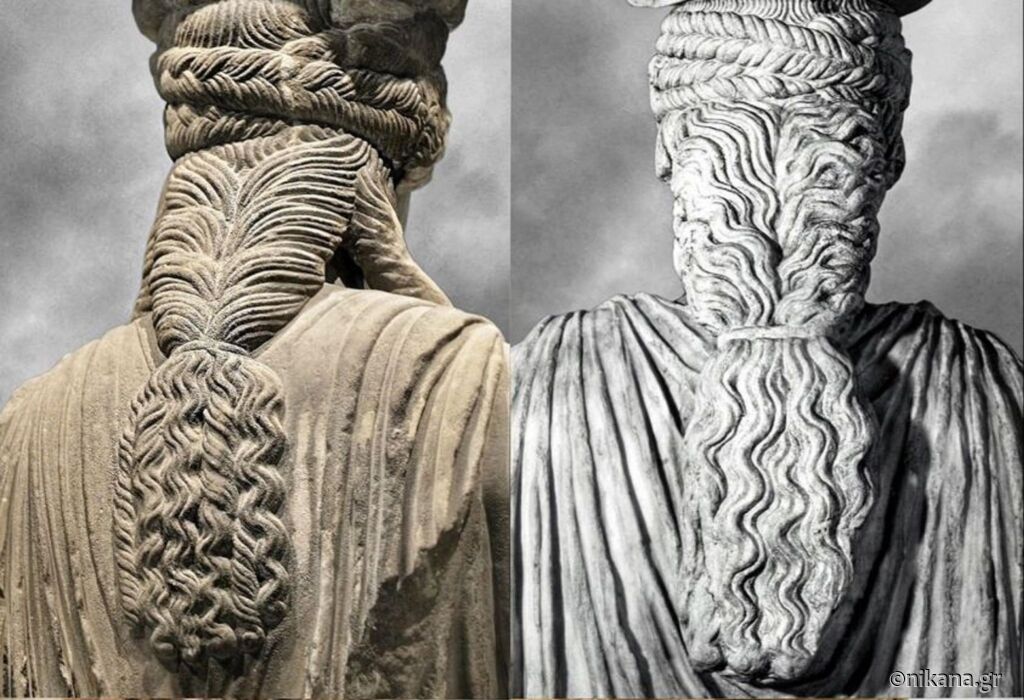
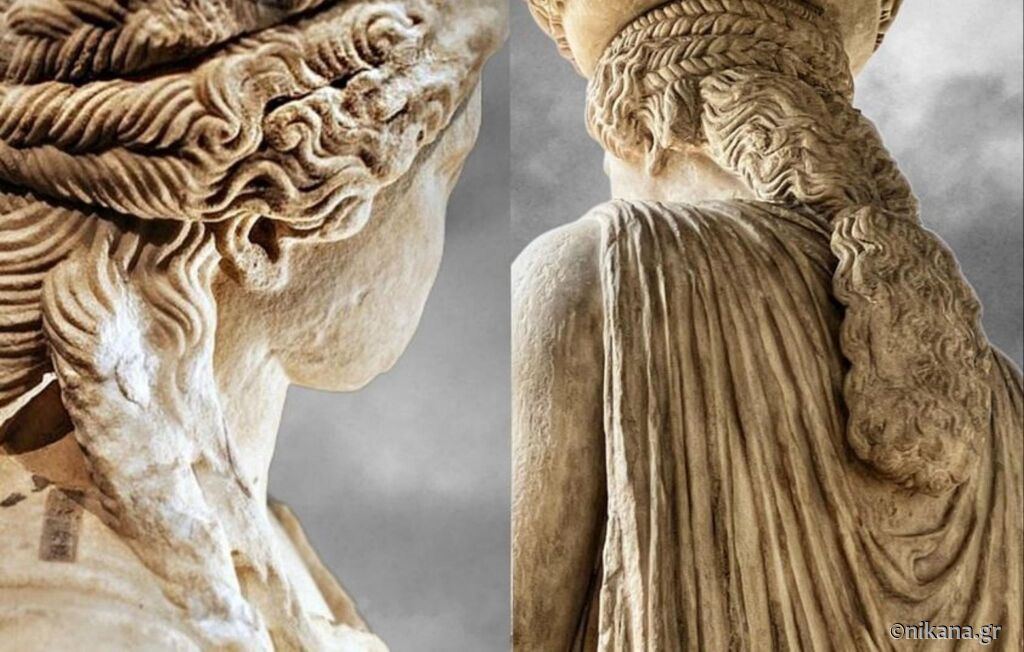
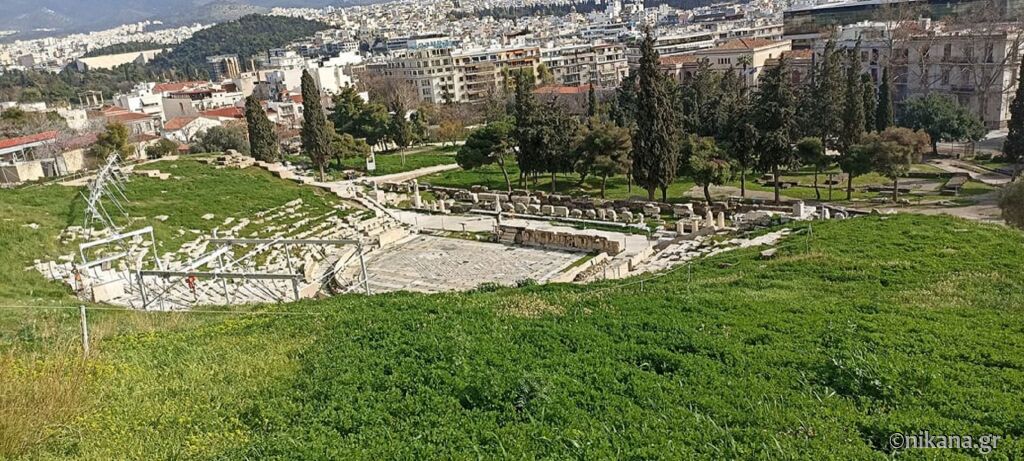
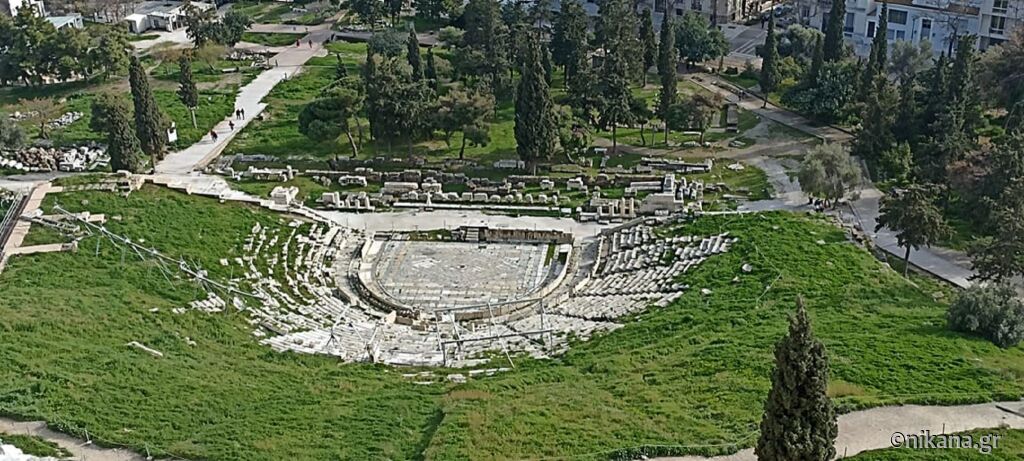
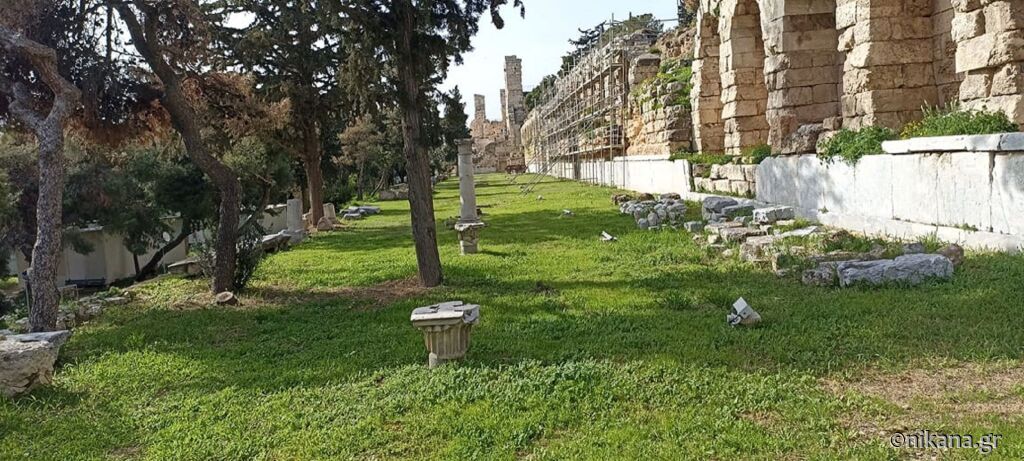
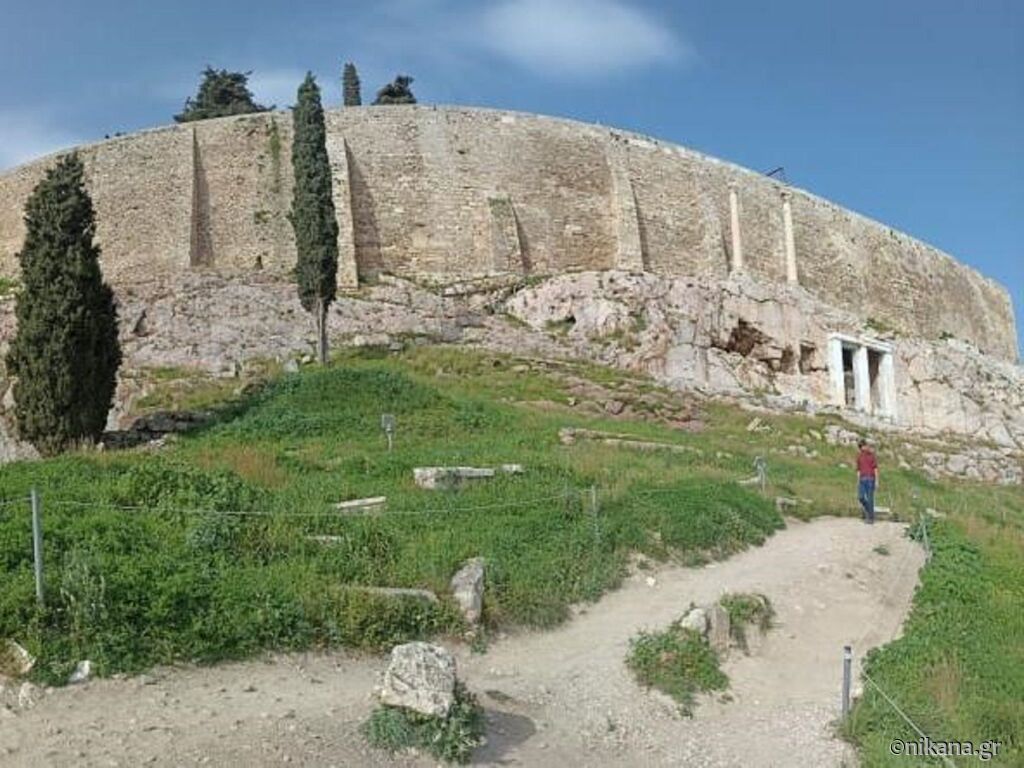
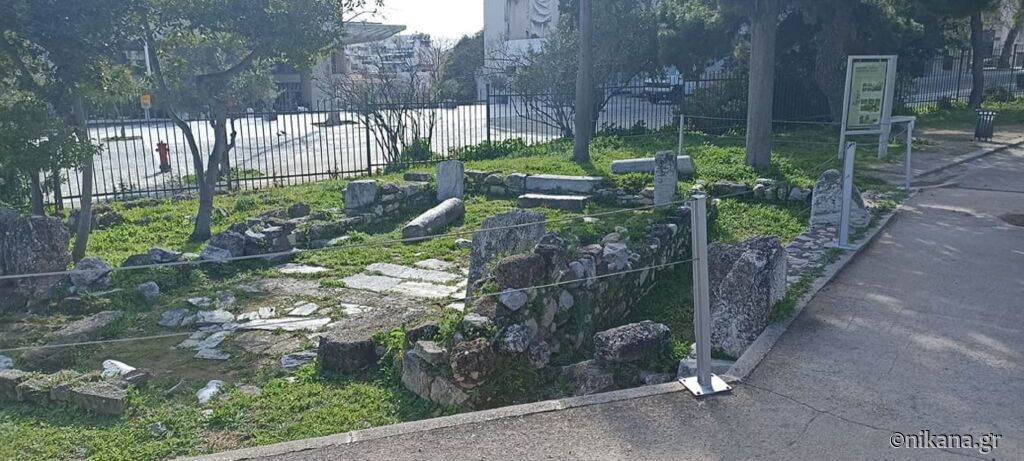
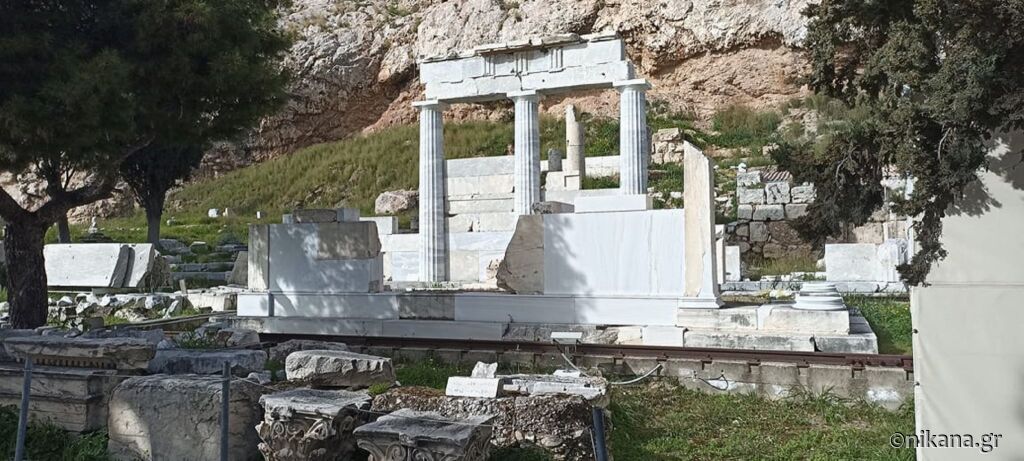
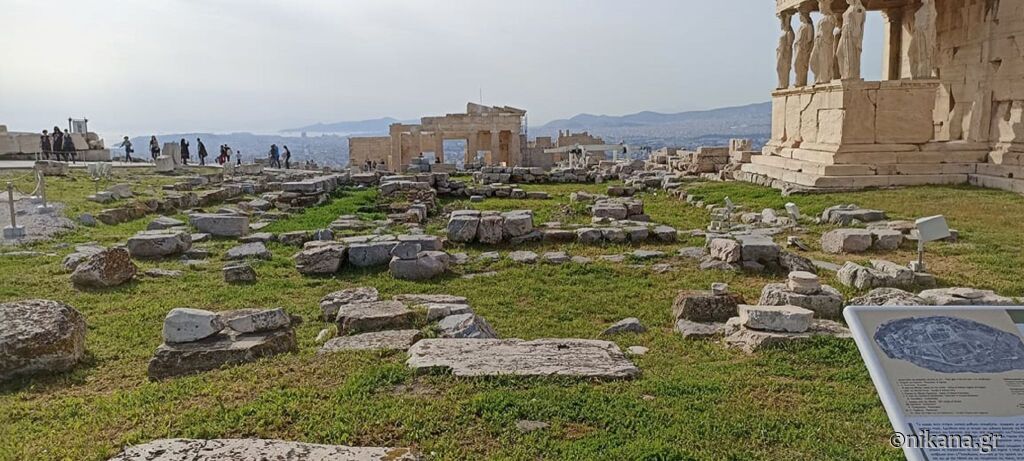
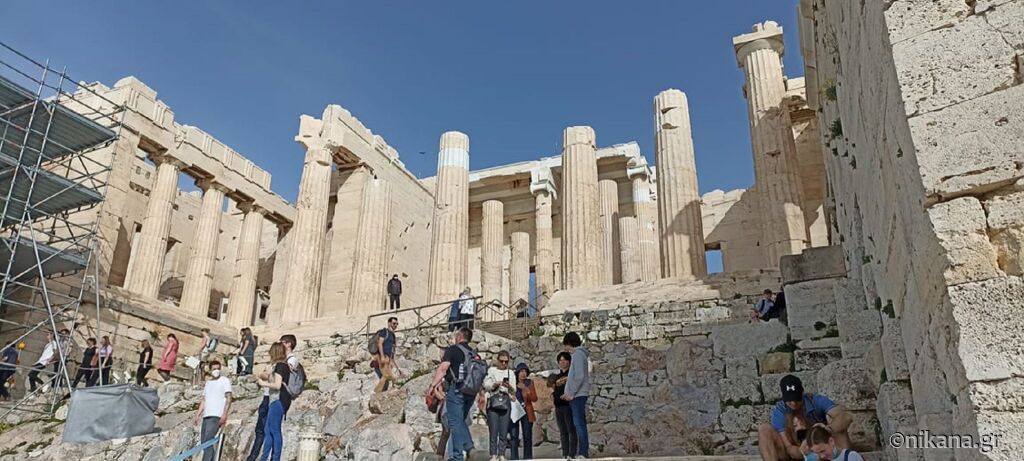
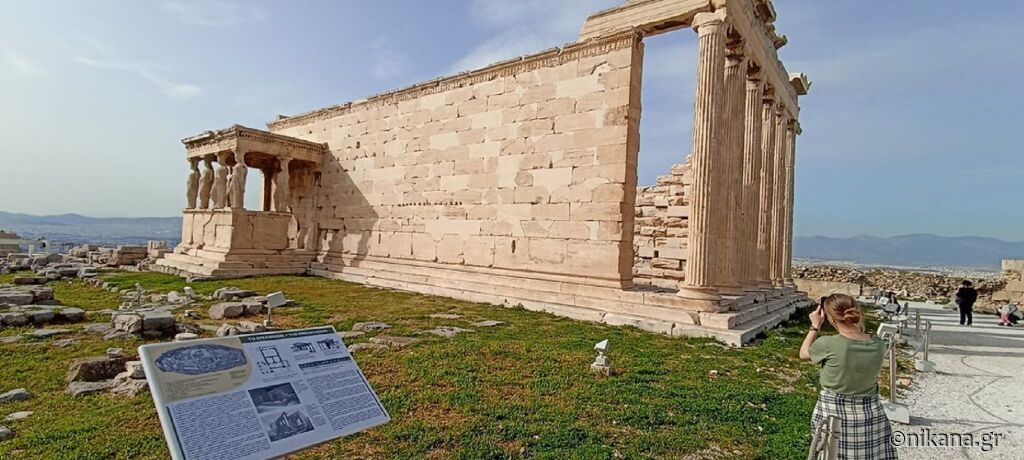
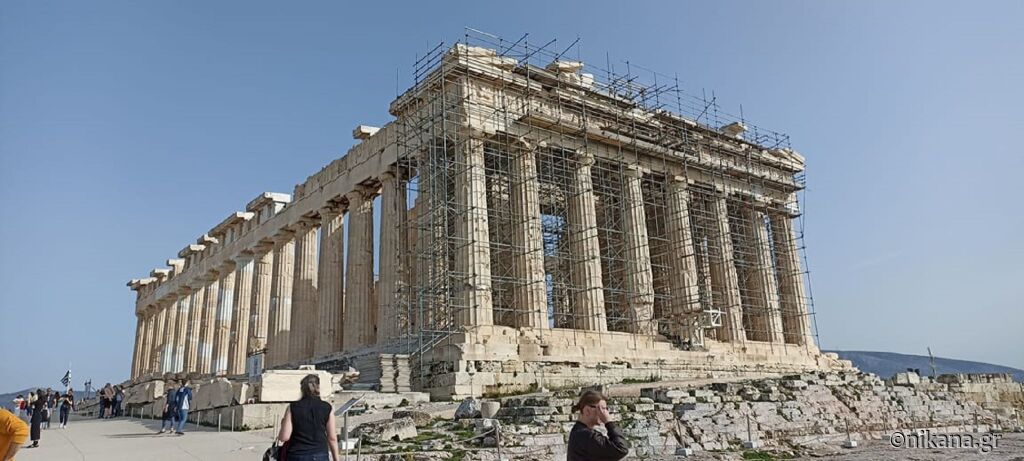
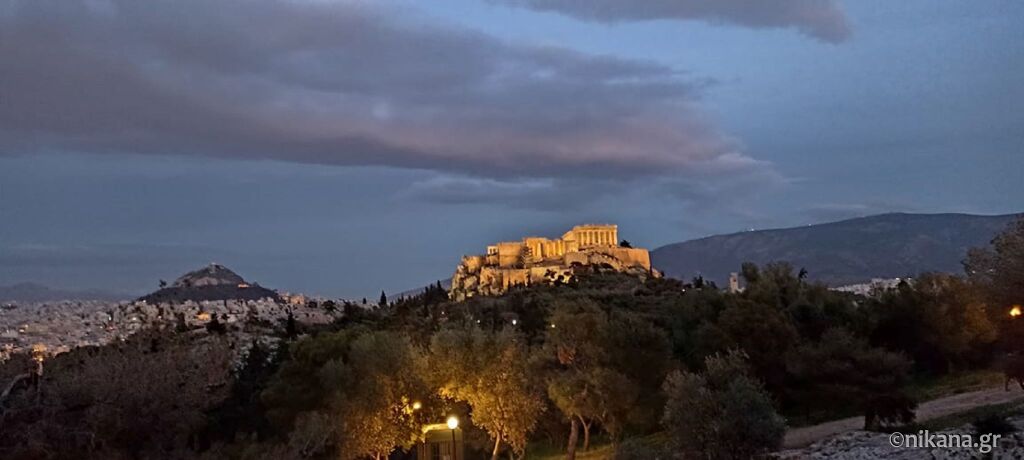
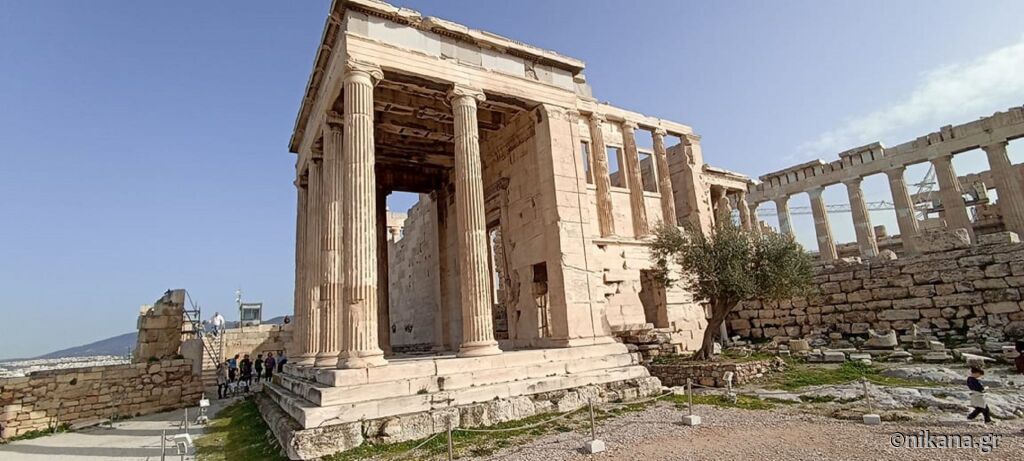
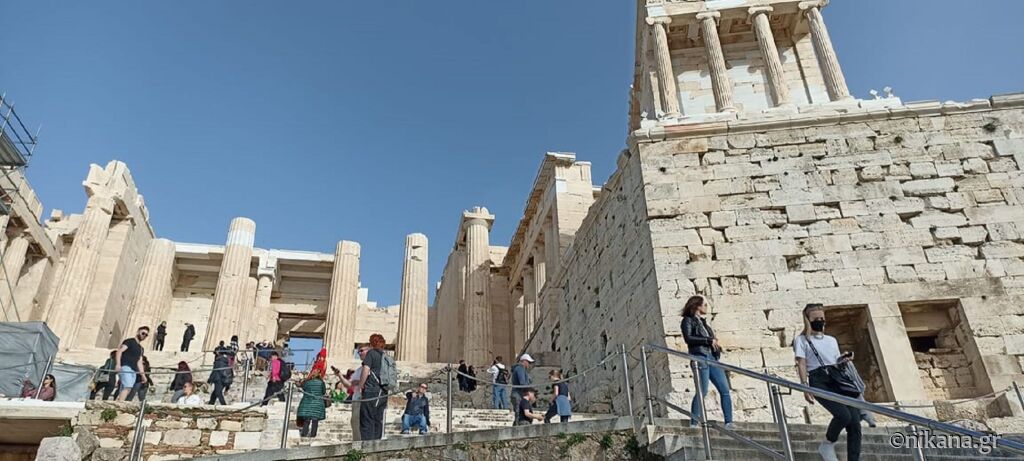
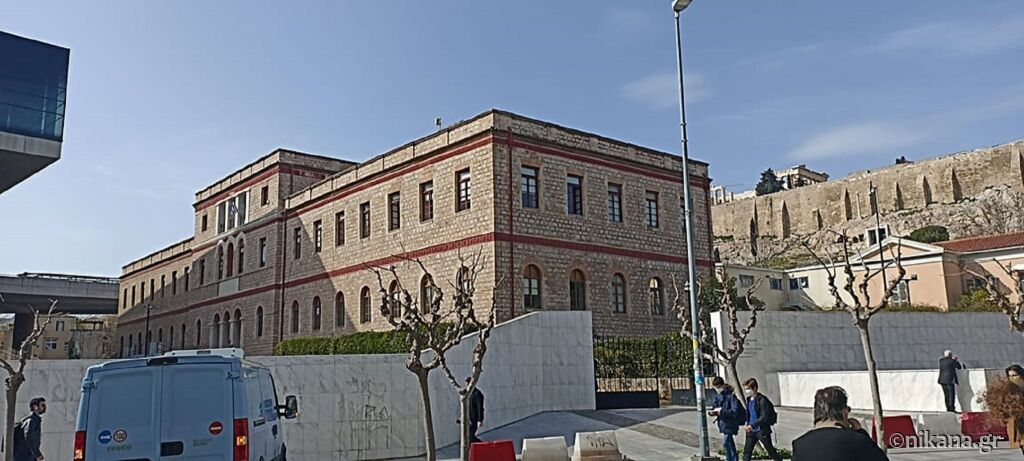
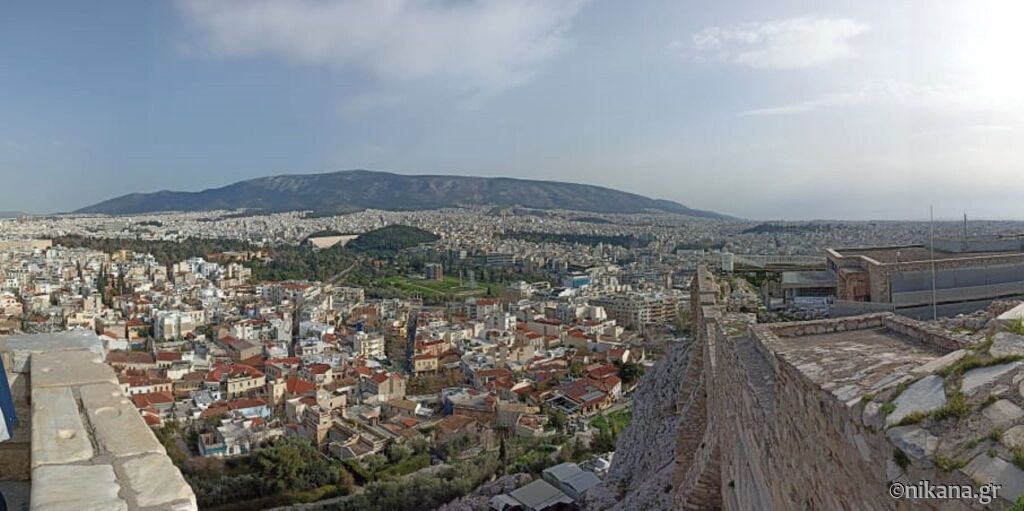
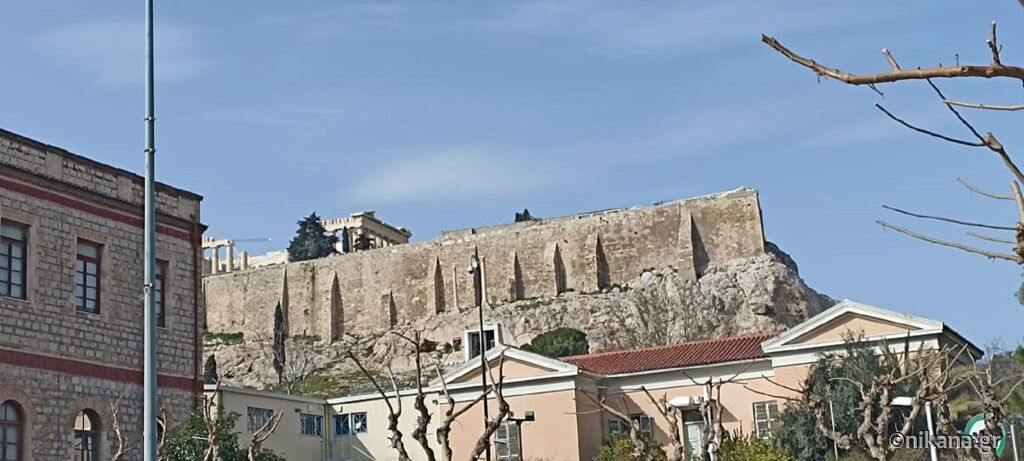
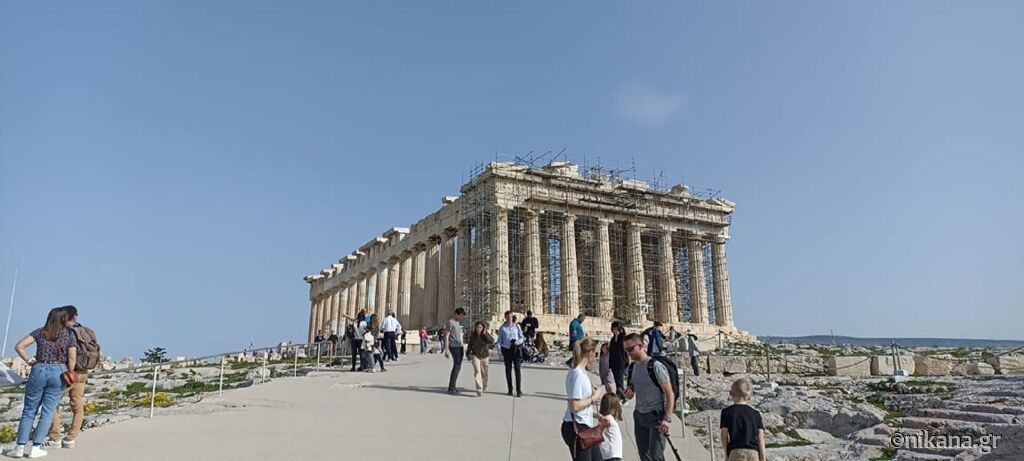
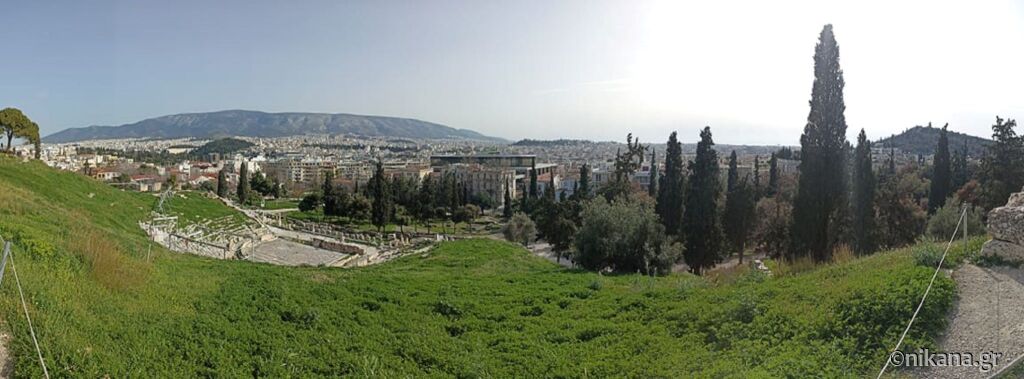

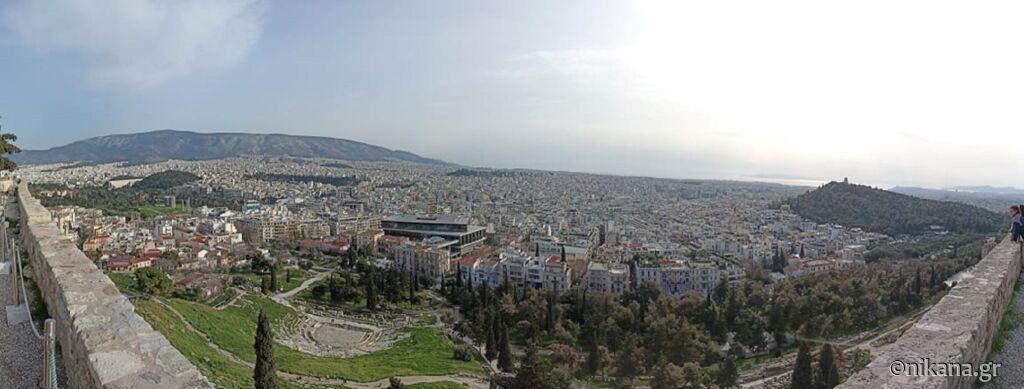
































Post a Comment
NOTE
All your questions in the comments will receive an answer via email so check your inbox shortly after you posted comment. For more detailed questions and responses, contact us via mail nikana@nikana.gr.